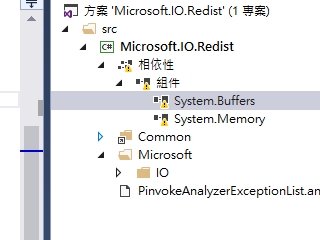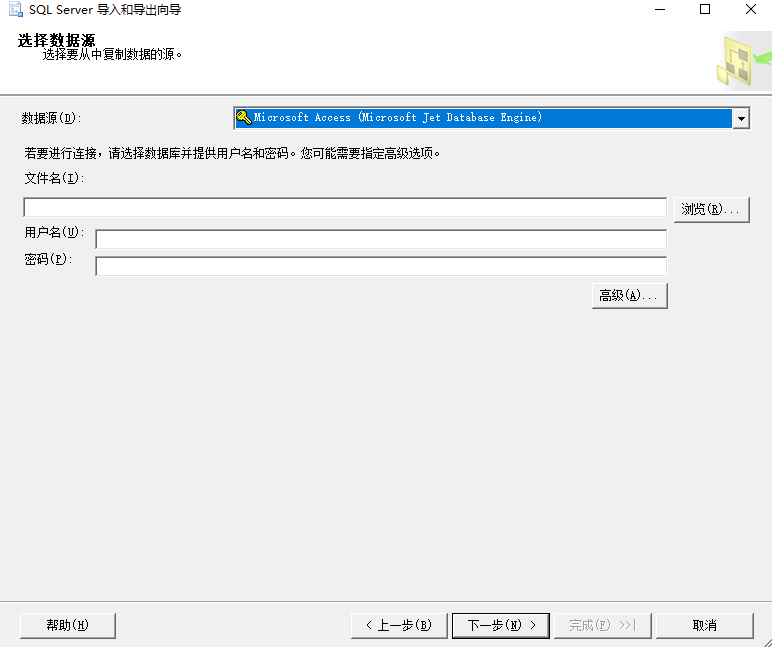I have a trivial console application in .NET. It's just a test part of a larger application. I'd like to specify the "exit code" of my console application. How do I do this?
问题:
回答1:
3 options:
- You can return it from
Mainif you declare yourMainmethod to returnint. - You can call
Environment.Exit(code). - You can set the exit code using properties:
Environment.ExitCode = -1;. This will be used if nothing else sets the return code or uses one of the other options above).
Depending on your application (console, service, web app, etc) different methods can be used.
回答2:
In addition to the answers covering the return int's... a plea for sanity. Please, please define your exit codes in an enum, with Flags if appropriate. It makes debugging and maintenance so much easier (and, as a bonus, you can easily print out the exit codes on your help screen - you do have one of those, right?).
enum ExitCode : int {
Success = 0,
InvalidLogin = 1,
InvalidFilename = 2,
UnknownError = 10
}
int Main(string[] args) {
return (int)ExitCode.Success;
}
回答3:
There are three methods that you can use to return an exit code from a console application.
- Modify the
Mainmethod in your application so that it returns anintinstead ofvoid(a function that returns anIntegerinstead ofSubin VB.Net) and then return the exit code from that method. - Set the Environment.ExitCode property to the exit code. Note that method 1. takes precedence - if the
Mainmethod returns anything other thanvoid(is aSubin VB.Net) then the value of this property will be ignored. - Pass the exit code to the Environment.Exit method. This will terminate the process immediately as opposed to the other two methods.
An important standard that should be observed is that 0 represents 'Success'.
On a related topic, consider using an enumeration to define the exit codes that your application is going to return. The FlagsAttribute will allow you to return a combination of codes.
Also, ensure that your application is compiled as a 'Console Application'.
回答4:
If you are going to use the method suggested by David, you should also take a look at the [Flags] Attribute.
This allows you to do bit wise operations on enums.
[Flags]
enum ExitCodes : int
{
Success = 0,
SignToolNotInPath = 1,
AssemblyDirectoryBad = 2,
PFXFilePathBad = 4,
PasswordMissing = 8,
SignFailed = 16,
UnknownError = 32
}
Then
(ExitCodes.SignFailed | ExitCodes.UnknownError)
would be 16 + 32. :)
回答5:
System.Environment.ExitCode
http://msdn.microsoft.com/en-us/library/system.environment.exitcode.aspx
回答6:
int code = 2;
Environment.Exit( code );
回答7:
Just return the appropiate code from main.
int main(string[] args)
{
return 0; //or exit code of your choice
}
回答8:
Use ExitCode if your main has a void return signature, otherwise you need to "set" it by the value you return.
Environment.ExitCode Property
If the Main method returns void, you can use this property to set the exit code that will be returned to the calling environment. If Main does not return void, this property is ignored. The initial value of this property is zero.
回答9:
As an update to Scott Munro's answer:
- In C# 6.0 and VB.NET 14.0 (VS 2015), either Environment.ExitCode or Environment.Exit(exitCode) is required to return an non-zero code from a console application. Changing the return type of
Mainhas no effect. - In F# 4.0 (VS 2015), the return value of the
mainentry point is respected.
回答10:
The enumeration option is excellent however can be improved upon by multiplying the numbers as in:
enum ExitCodes : int
{
Success = 0,
SignToolNotInPath = 1,
AssemblyDirectoryBad = 2,
PFXFilePathBad = 4,
PasswordMissing = 8,
SignFailed = 16,
UnknownError = 32
}
In the case of multiple errors, adding the specific error numbers together will give you a unique number that will represent the combination of detected errors.
For example, an errorlevel of 6 can only consist of errors 4 and 2, 12 can only consist of errors 4 and 8, 14 can only consist of 2, 4 and 8 etc.
回答11:
My 2 cents:
You can find the system error codes here: https://msdn.microsoft.com/en-us/library/windows/desktop/ms681382(v=vs.85).aspx
You will find the typical codes like 2 for "file not found" or 5 for "access denied".
And when you stumble on an unknown code, you can use this command to find out what it means:
net helpmsg decimal_code
e.g.
net helpmsg 1
returns
Incorrect function



